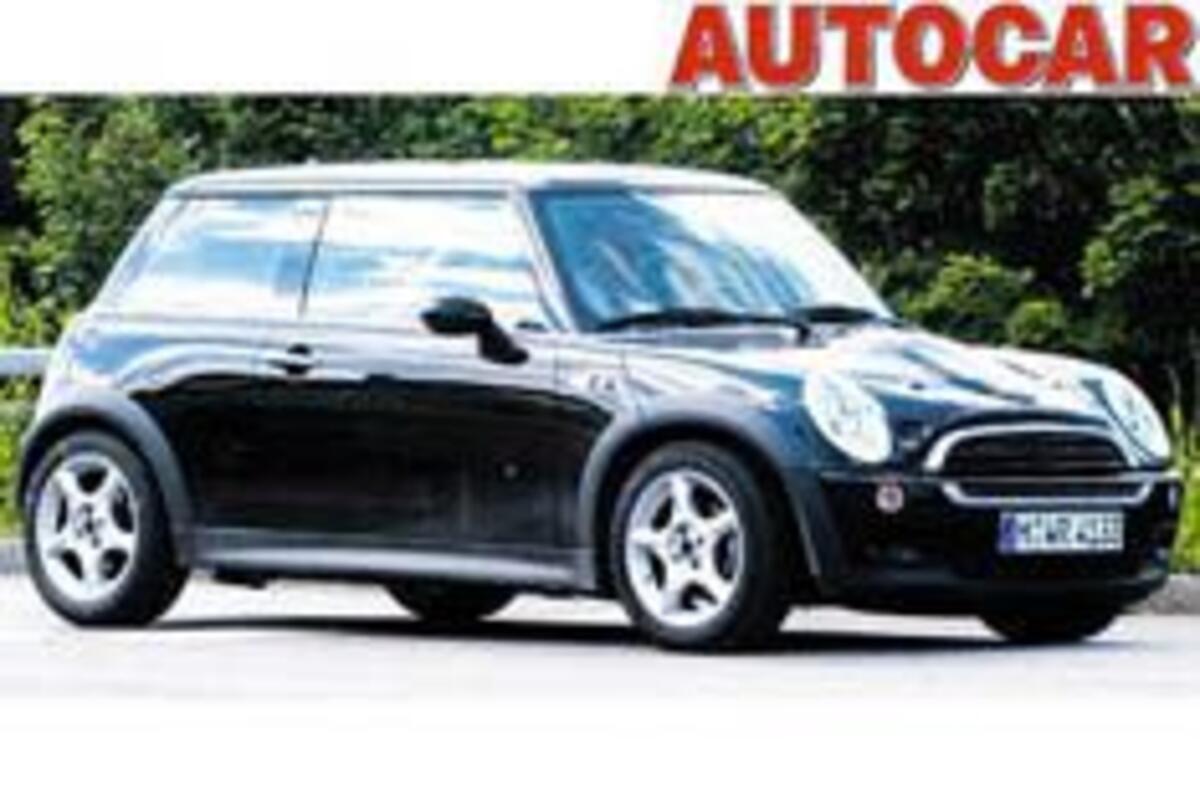The next-generation Mini will get a raft of new high-tech engines, codenamed Prince, which will be built at the company’s Hams Hall engine factory near Birmingham. The big news is that BMW will drop the Cooper S’s supercharger in favour of a more conventional turbocharger, while also offering an environmentally friendly stop-start system.
Unlike today’s car, the Mini Mk2 will have the option of both 1.4- and 1.6-litre petrol units, most of which feature variable valve timing (badged VVT). According to Autocar’s sources, the two entry-level engines will have slightly less power (88bhp and 104bhp) than today’s models, but are expected to be torquier, more frugal and much cleaner.
The next-generation Cooper, however, should get a new 1.6-litre VVT unit good for a healthy 140bhp, a 25bhp lift over the current model. This engine line-up suggests a new intermediate 104bhp model between the Mini One and Cooper.
At the top of the range is a 1.6-litre unit with direct injection and a turbocharger. According to insiders, this powerplant is capable of up to 200bhp. Today’s supercharged Cooper S engine manages 170bhp in base form and 210bhp in Cooper S Works spec (right). There’s no news yet on a replacement for the Mini D’s Toyota-sourced diesel engine.
The move to state-of-the-art supermini engines will greatly enhance the appeal of the second-generation Mini, which is expected in late 2006. The current car’s biggest weakness is its Brazilian-built and Chrysler-sourced Pentagon engine. Although the unit has been well polished by BMW engineers, it cannot completely disguise its budget origins.







Add your comment